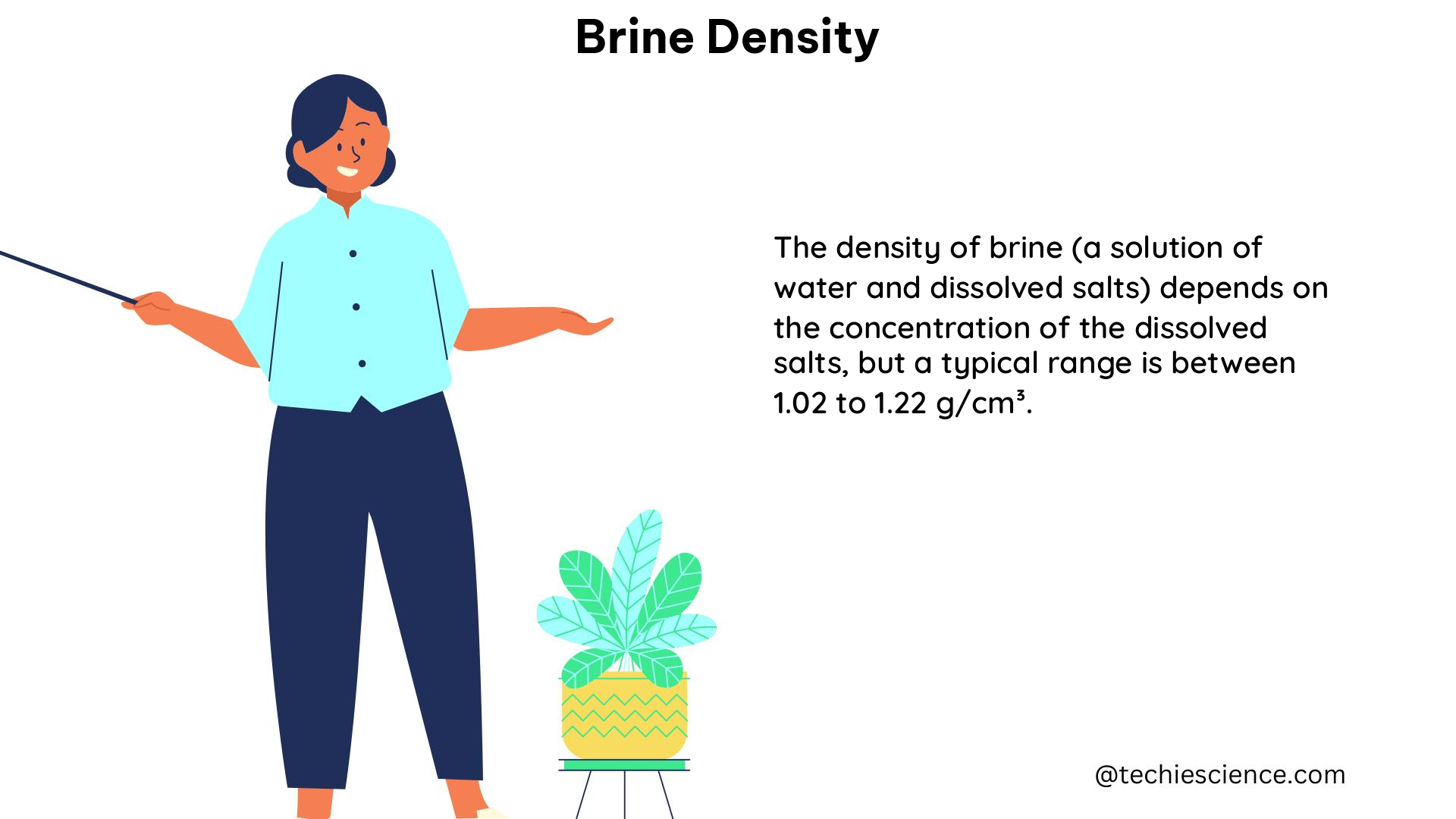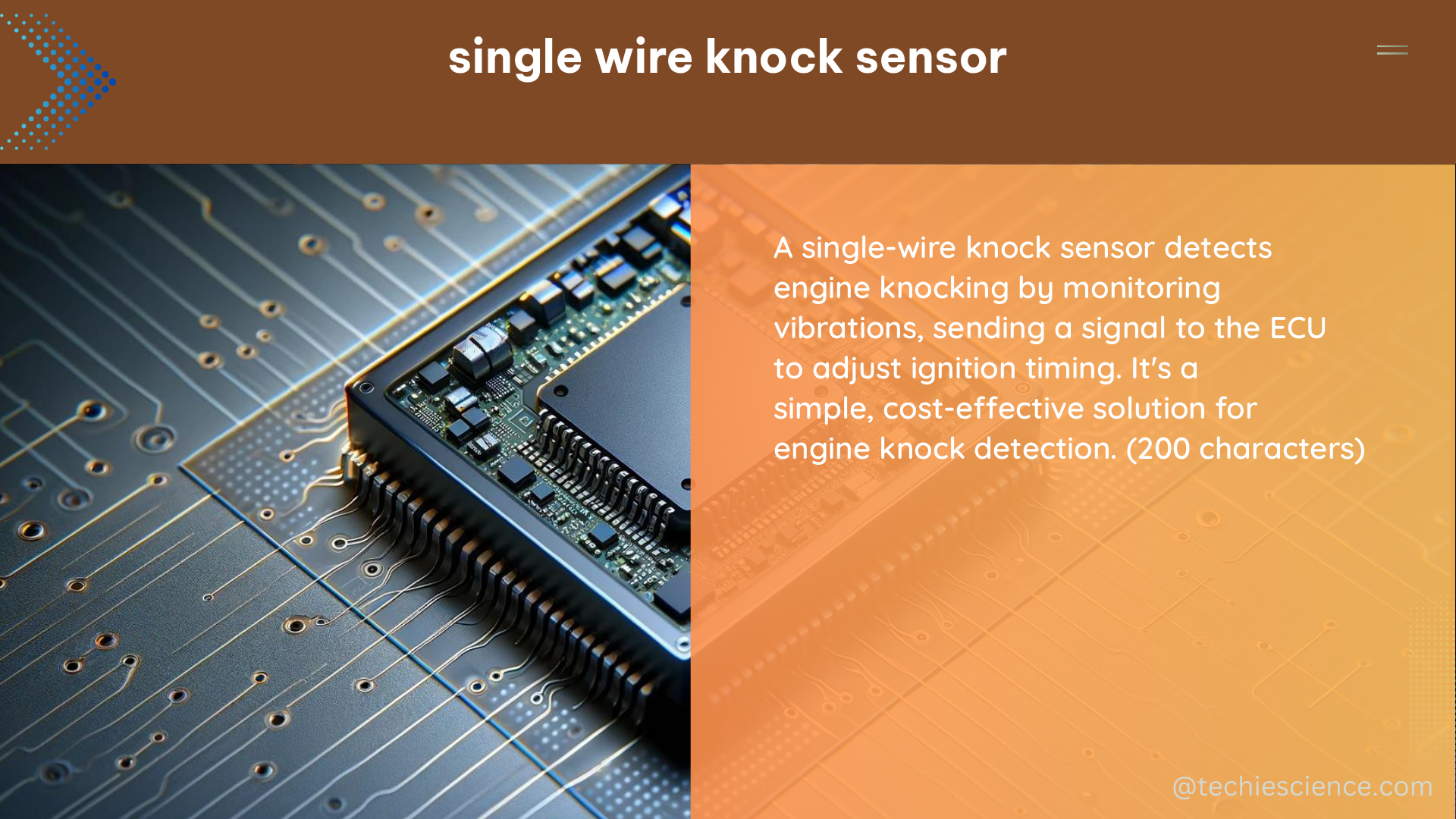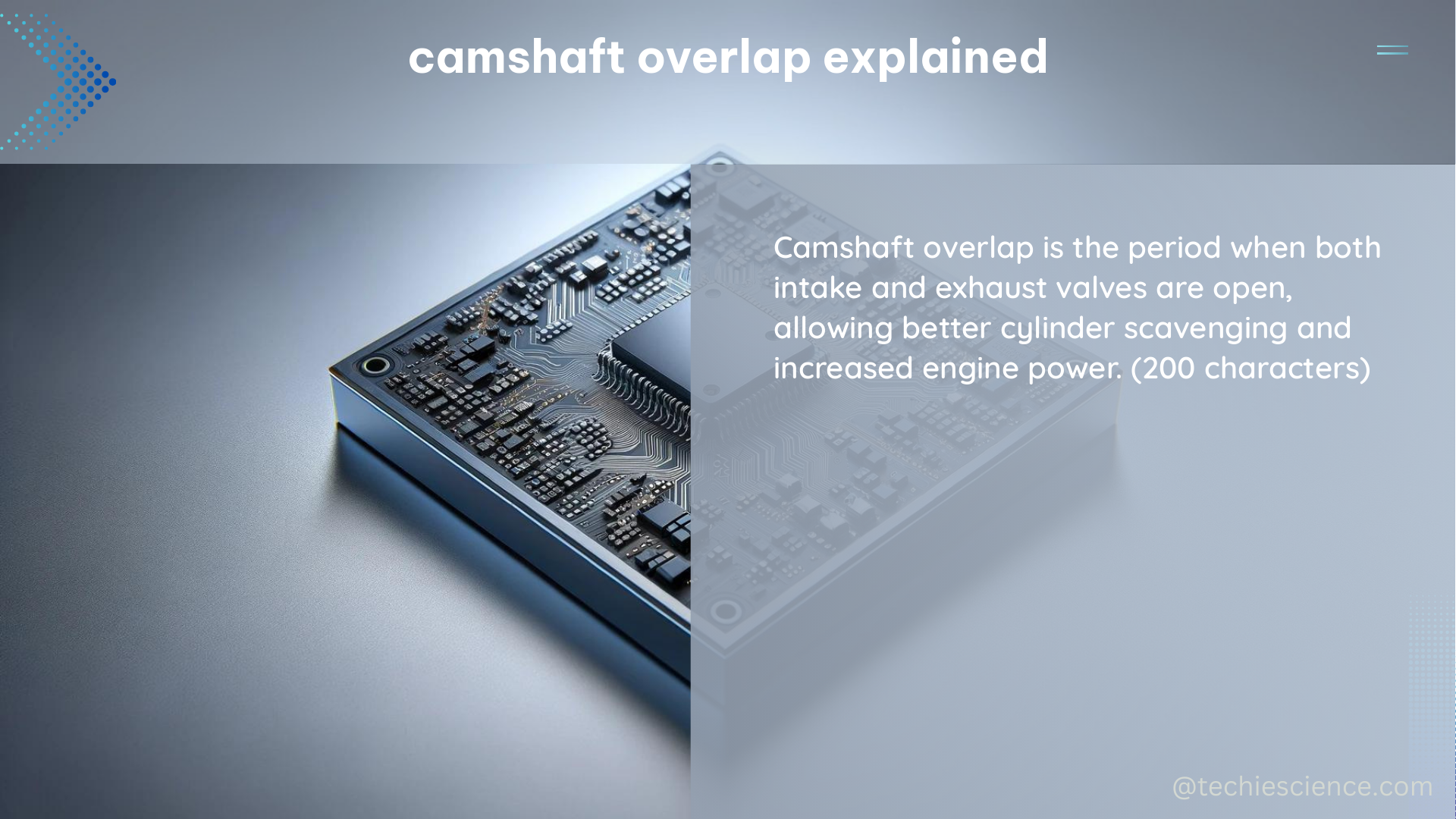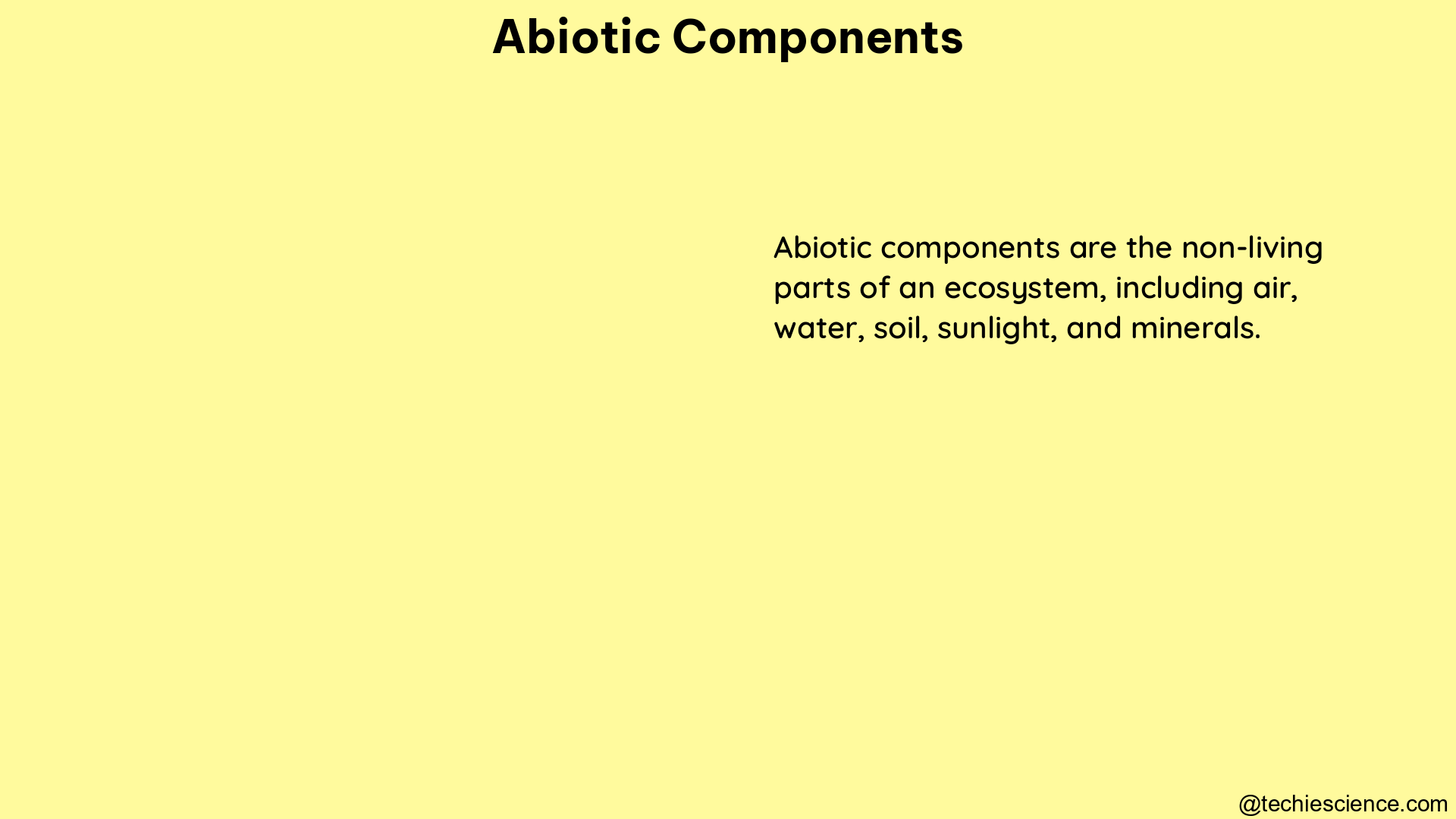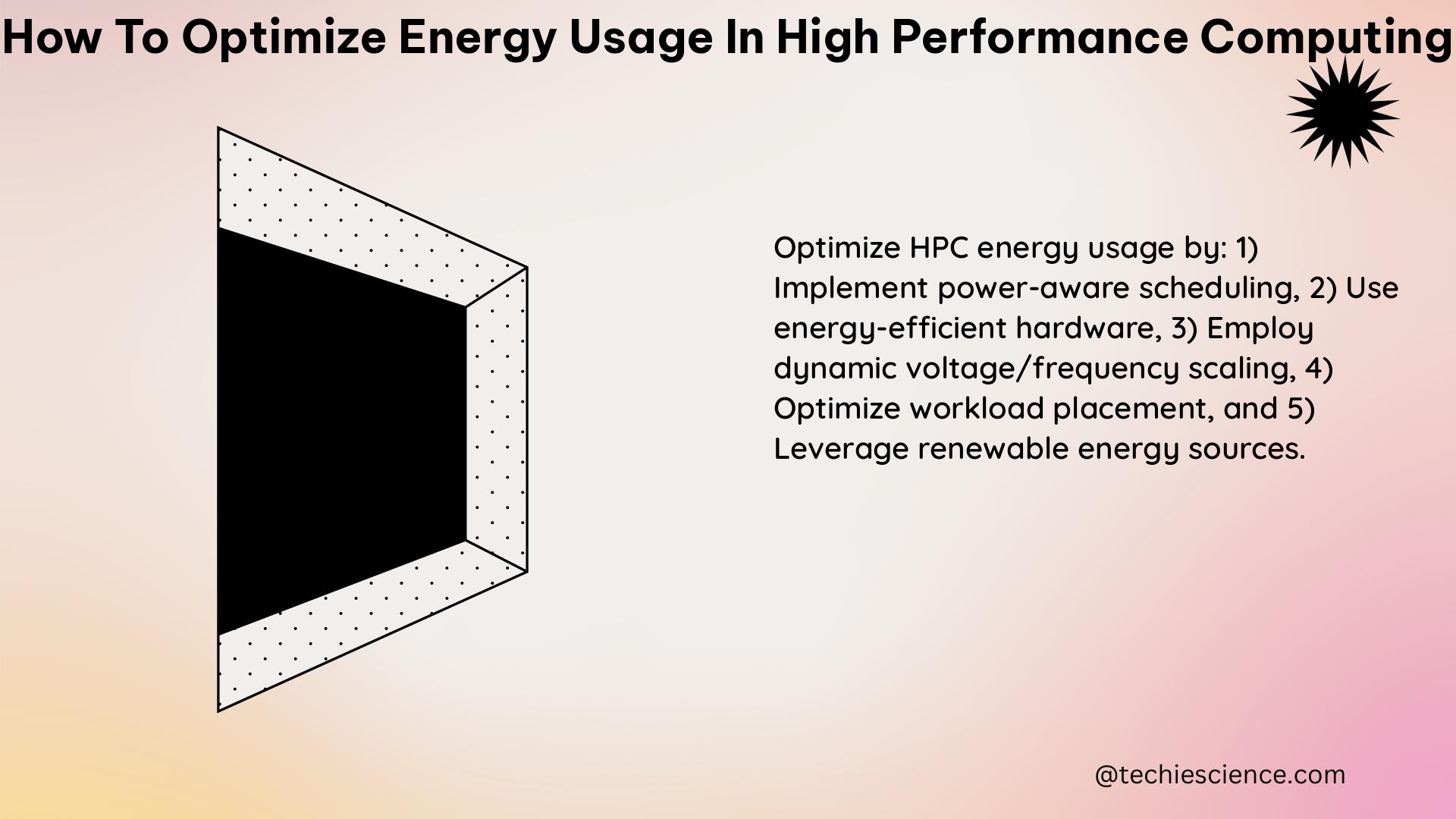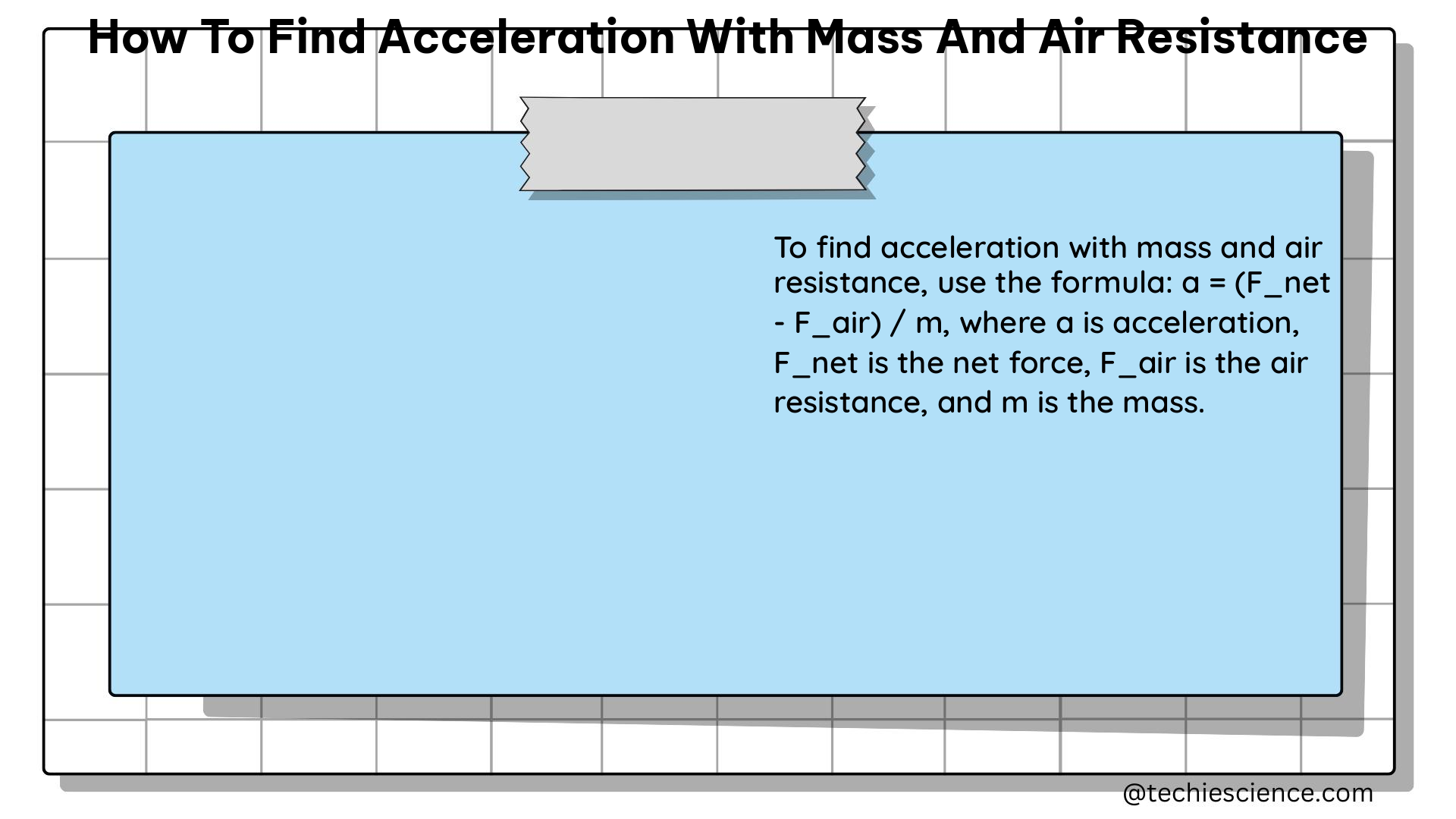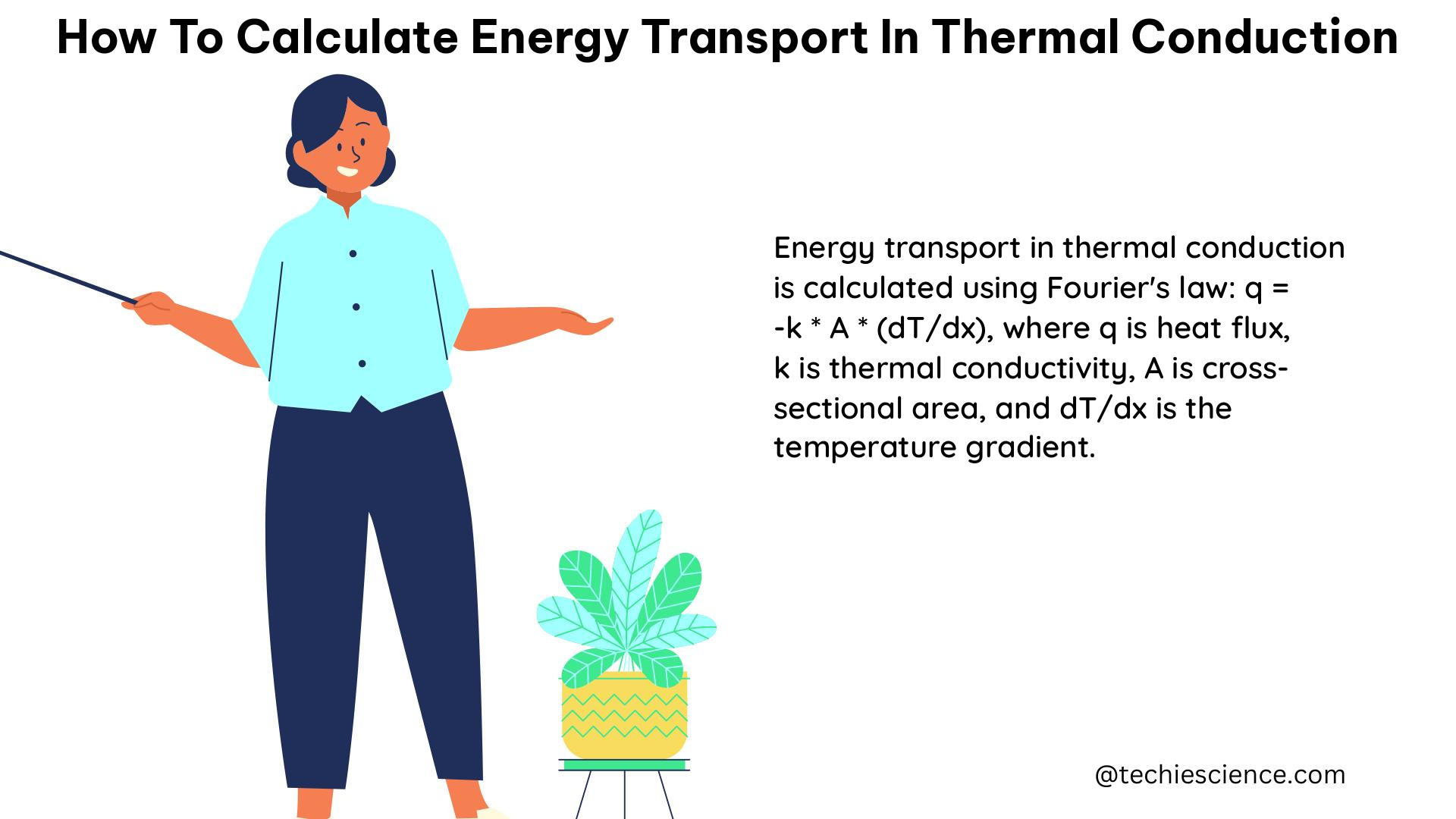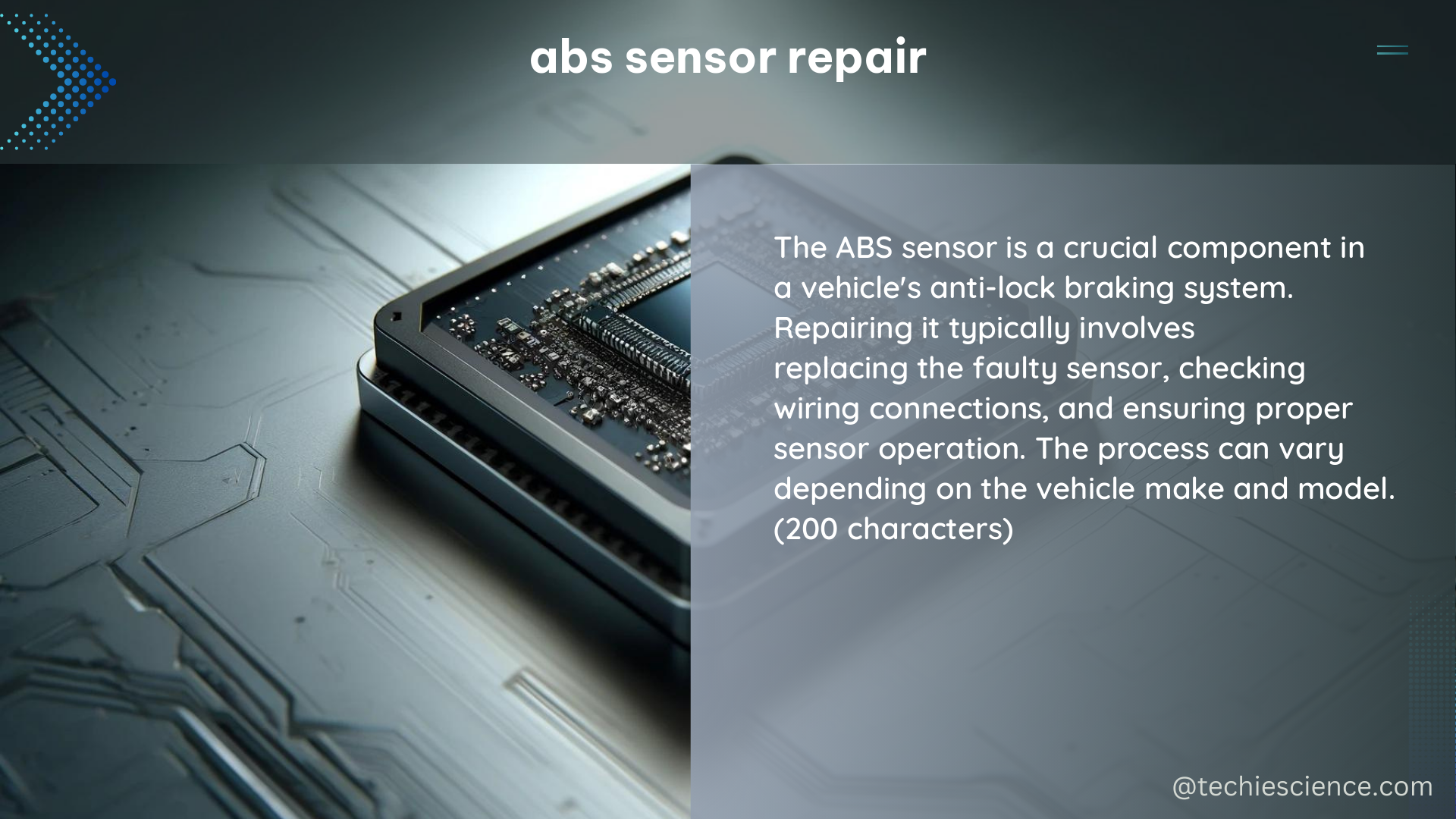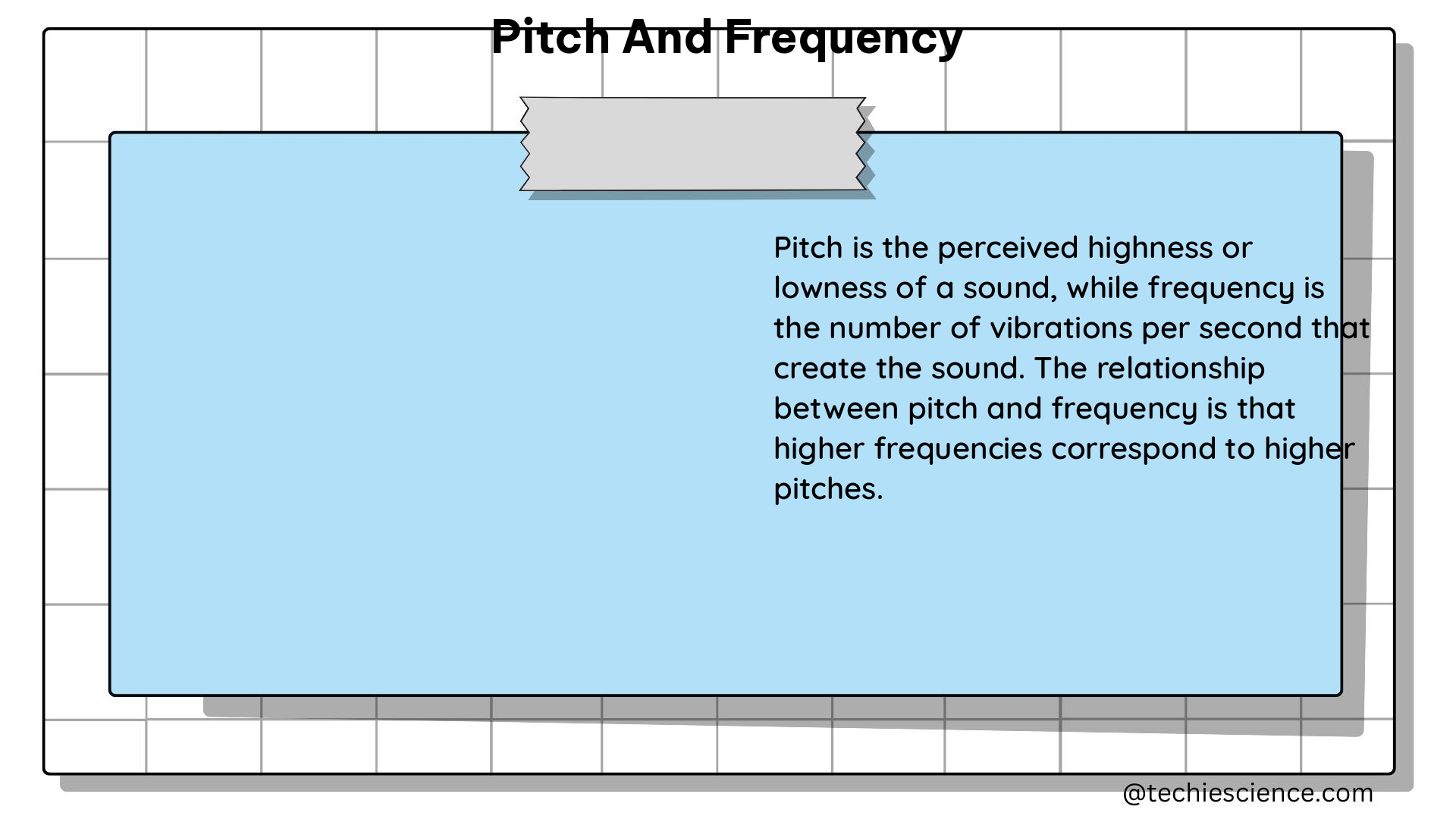Comprehensive Guide to Brine Density: Measurement, Estimation, and Applications
Brine density is a critical parameter in various industrial and scientific applications, including geothermal energy production, oil and gas recovery, and chemical engineering processes. Understanding the factors that influence brine density and the methods used to measure and estimate it is essential for efficient system design and optimization. Factors Affecting Brine Density The density of … Read more
